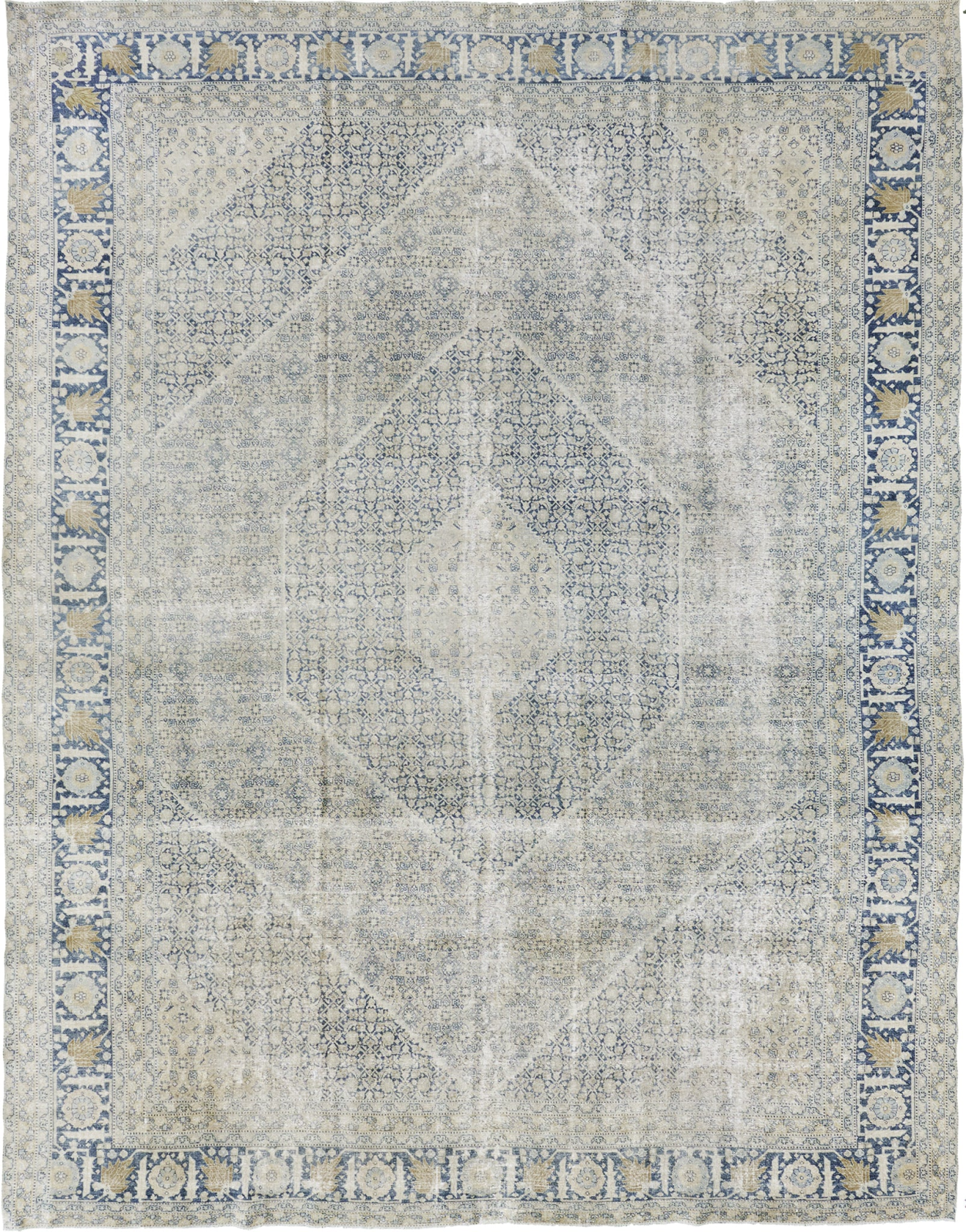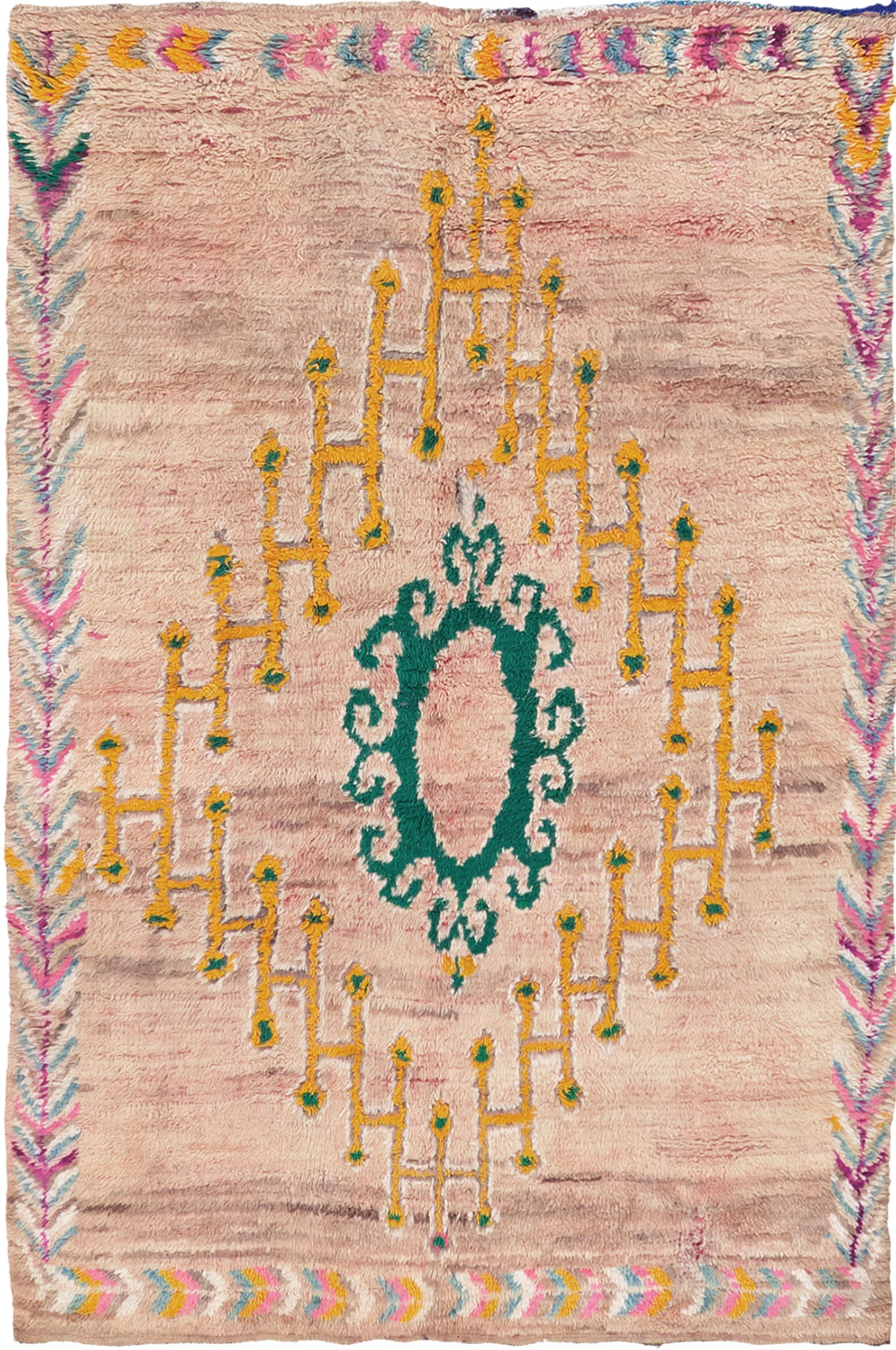Notifications

6 minutes, 32 seconds
-18 Views 0 Comments 0 Likes 0 Reviews

Moroccan rugs are more than just beautiful floor coverings; they are living artifacts that embody centuries of cultural heritage, artistic expression, and ancestral craftsmanship. Each rug is a testament to the history and traditions of the Berber tribes, whose artisans have passed down their weaving techniques and symbolic motifs through generations. The intricate patterns, natural dyes, and unique weaving styles of these rugs serve not only as decorative elements but as stories and symbols—preserving history in every thread. Exploring the art of traditional Moroccan rugs reveals a fascinating blend of history, culture, and craftsmanship that continues to captivate and inspire.
The history of Moroccan rug-making dates back thousands of years, deeply rooted in the tribal societies of the Atlas Mountains and the Sahara. For centuries, Berber women have woven rugs as a means of expressing identity, telling stories, and passing down cultural knowledge. These textiles often served practical purposes—insulating homes and providing comfort—while also functioning as ceremonial and symbolic objects. Each tribe developed its own distinctive motifs and weaving techniques, reflecting their environment, beliefs, and social structure. Morocco’s diverse landscape and cultural mosaic are vividly represented in the vibrant patterns and rich earth-tone colors that define these rugs. The art of weaving became more than a craft; it evolved into a celebrated cultural tradition that continues to be a vital part of Moroccan identity.
Moroccan rugs are renowned for their geometric patterns and symbolic motifs, each carrying meanings that reflect the tribe’s history, beliefs, and daily life. Common symbols include diamonds, zigzags, and stepped motifs, often interpreted as representations of protection, fertility, water, and spiritual journeying. These patterns are not randomly chosen; they serve as a language, conveying messages and memories across generations. For example, a rug featuring a series of interconnected diamonds might symbolize protection against evil spirits, while bold zigzag lines can evoke water or mountain landscapes. The colors also carry significance—reds symbolize vitality and life, while earth tones like ochre and beige evoke the natural environment. This symbolic language imbues each carpet with story—an artful record of cultural identity woven into every thread.
The authenticity and craftsmanship of Moroccan rugs are defined by their materials and weaving techniques. Traditionally, these rugs are handwoven from locally sourced wool, which is thick, durable, and naturally dyed using plant-based and mineral pigments. Wool is spun and processed with care, then woven into dense, sturdy knots that form intricate patterns. The weaving process involves a meticulous hand-knotting technique, often with asymmetrical knots that allow for highly detailed motifs. Some Moroccan tribes, especially in the Atlas Mountains, also craft silk rugs, which are prized for their luxury and fine detail. The use of natural dyes ensures vibrant yet earthy hues that deepen and develop a gorgeous patina with age. Authentic Moroccan rugs reveal the skill, patience, and cultural symbolism embedded in each handmade piece, making them highly valued as both functional and artistic treasures.

Moroccan rug-making is not a monolithic tradition; instead, it features a rich diversity of styles and motifs specific to different tribes and regions. The Berber tribes of the Atlas Mountains, for instance, are known for bold, geometric designs with a raw, tribal feel. The Tuareg, Sahara nomads, produce rugs with more subdued palettes and subtle, intricate patterns suited for their nomadic lifestyle. The R’bati tribe’s rugs often feature repetitive, symmetrical designs that serve both aesthetic and spiritual purposes. Each region’s environment, climate, and cultural influences shape their unique weaving style, creating an extensive tapestry of artistic expression within the country. This regional diversity allows collectors and interior designers to select rugs that carry not only aesthetic appeal but also cultural depth, personal connection, and historical significance.
Despite their traditional roots, Moroccan rugs are remarkably versatile, making them perfect for contemporary interiors. Their geometric patterns and earthy hues complement minimalist and modern decor when used as statement pieces. A large round or rectangular Moroccan rug can anchor a seating arrangement, add warmth to a sleek industrial space, or serve as a striking focal point in a neutral palette. To maximize their visual impact, pair them with neutral furniture, natural materials, and curated accessories that enhance their tribal aesthetic. For bohemian and eclectic interiors, layering multiple Moroccan rugs creates a rich, textured look that’s both inviting and full of personality. Even in more traditional or rustic settings, these rugs lend authenticity and depth, bridging the gap between old-world craftsmanship and contemporary style.

